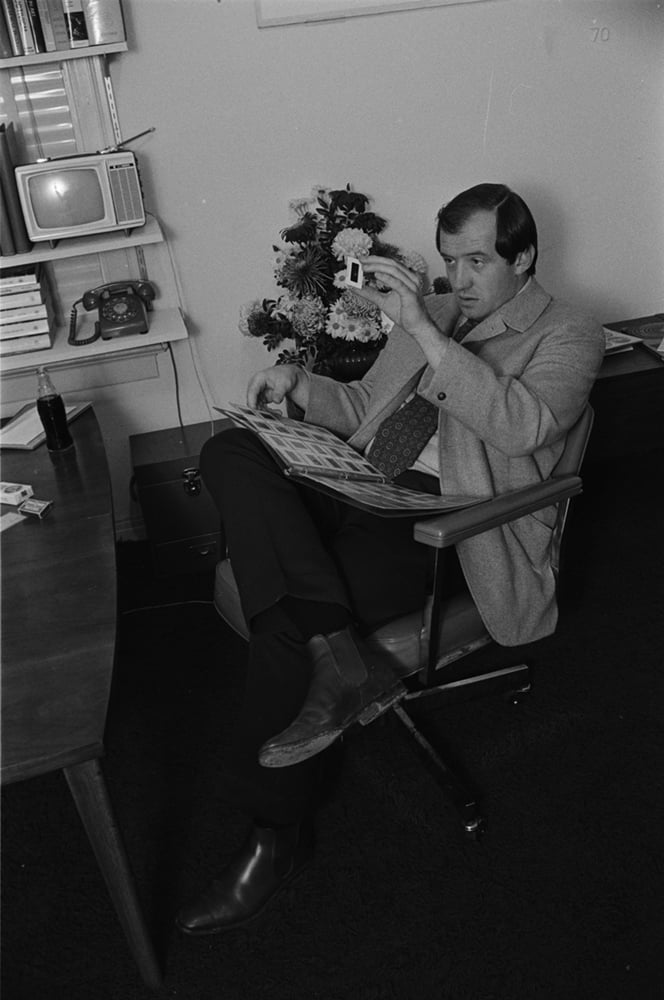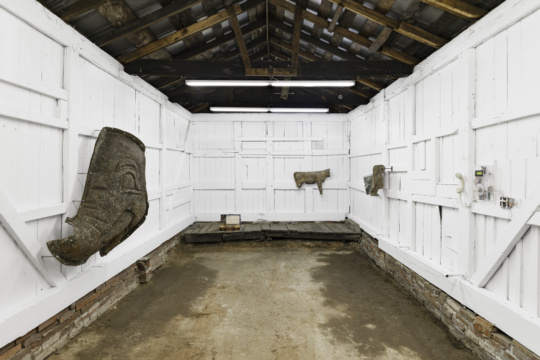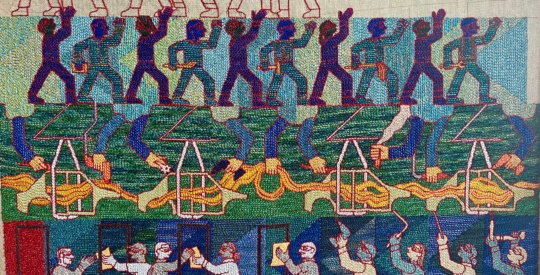
I heard the word aesthetics defined as, “the philosophy of beauty” for the first time sitting at my desk in a 10th grade American literature class in the mid-1980s. It struck me as a contradictory notion at first, but then the seeming incongruities between what the 15-year-old me thought of as detached, analytical philosophy and voluptuous, seductive beauty only served to make the whole notion more mesmerizing. Art critic David Hickey was asked, “What will be the ‘Issue of the 1990s?’” by an audience member at a panel discussion entitled What’s Happening Now in the mid-1980s. “Beauty,” Hickey answered instinctively. “The issue of the 1990s will be beauty.” Even Hickey wasn’t sure what he meant, but his response became the kernel of the first piece in The Invisible Dragon. Hickey’s debut collection of essays provocatively attacked the art establishment and issued an unfashionable argument on behalf of beauty’s role in art—it was an underground phenomenon that found the slim, independently published volume passed from reader to reader like a beloved mixtape. Hickey’s philosophy of beauty can also be found at the center of Daniel Oppenheimer’s new book Far from Respectable: Dave Hickey and his Art.
Far from Respectable is the first book about Hickey, who celebrated his 80th birthday in December, but it won’t be the last. Any book in which one author writes about another writer can quickly sour into a competition between the subject’s writing and the author’s writing about it. Oppenheimer spares readers—and himself—such indignities, bringing clear-eyed insights and a straightforward voice to his explorations and explanations of Hickey’s life and work. This slim volume—119 pages minus acknowledgments, notes, credits and index—takes the measure of a man who once described his life as, “three quarters of a disaster,” and whose voice made an unexpected impact on American culture at the end of the last century and the beginning of this new one. If there will be many more books about Hickey and his philosophy of beauty, then they’ll have to be very good to get over the high bar that Oppenheimer sets.

The densest sections of Far from Respectable find Oppenheimer jousting with Hickey’s various critics. Marxist theorists of the “therapeutic institution” fall short when they misunderstand Hickey’s championing of beauty as reactionary. But Oppenheimer also acknowledges the weak spots in Hickey’s philosophy of beauty, spotlighting commentators like Princeton philosopher Alexander Nehamas who celebrates Hickey’s championing of the overlooked complexities of popular culture but disparages Hickey’s impatient dismissals of overly difficult modernist art. Hickey is partly identified with the New York gallery scene where he cut his teeth learning about the buying and selling of beauty from mentors like legendary art dealer Leo Castelli whom Hickey befriended while the would-be critic was ultimately failing to write his doctoral dissertation. Hickey was studying linguistics at University of Texas in the mid 1960s, but he was spending most of his summer vacations and holidays in Castelli’s gallery poring over works by Andy Warhol, Robert Rauschenberg and Jasper Johns. Hickey was born and raised in Texas and the Lonestar State also lends its shine to Hickey’s legend as both an accomplished man of letters and a champion of populist American democracy. The critic wears a bent and battered cowboy hat on the cover of Oppenheimer’s book. From 1967 to 1971 Hickey’s groundbreaking A Clean Well-Lighted Place gallery in Austin made both coasts reconsider their buying, selling, and curating of Texas artists and Texas art. The middle section of Oppenheimer’s book chronicles Hickey’s drugs-and-alcohol-fueled-1970s period which found the critic living in Nashville, writing songs and chronicling the heyday of the Outlaw County music revolution for publications like Country Music. You can hear the grinding teeth and smell the stale beer on these pages in Far from Respectable, but Oppenheimer also highlights the creative sincerity that drew Hickey to honky-tonk tunes and their brave and vulnerable singers who could conjure the beautiful from the garish trappings of Music City in the 1970s: “The plastic rose capital of the world.”
Far From Respectable: Dave Hickey and His Art is available June 1, 2021 from University of Texas Press.




